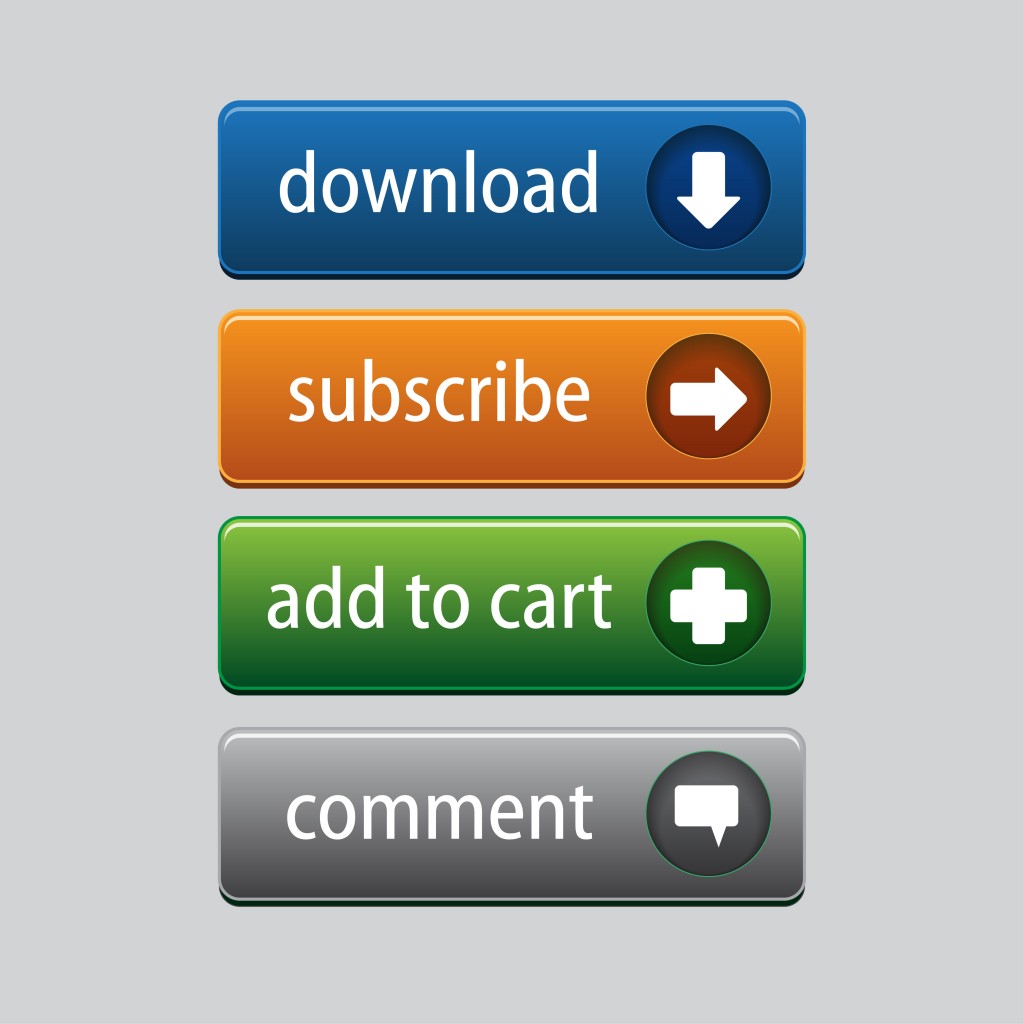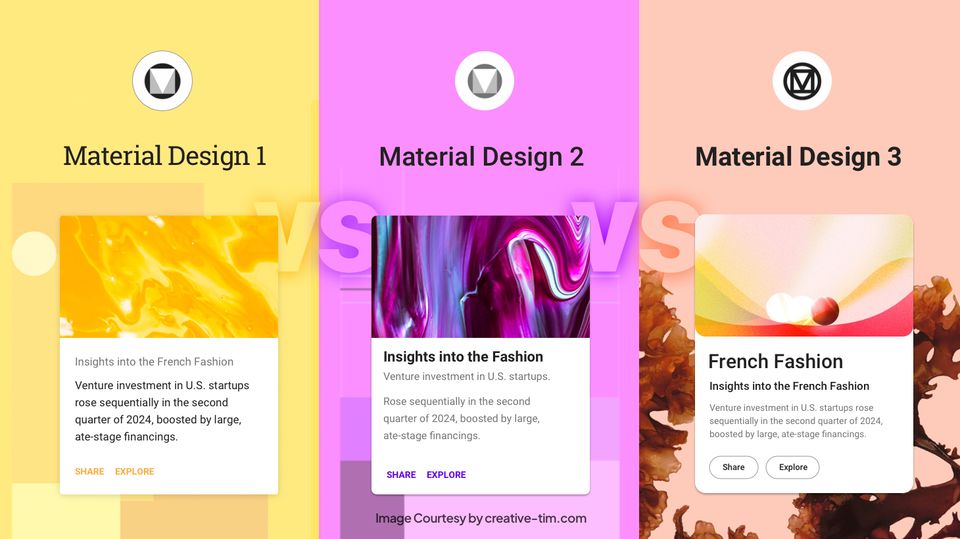“Design is a funny word. Some people think design means how it looks. But of course, if you dig deeper, it’s really how it works.”- Steve Jobs
Well said, Steve. Web design is much more than looks. Sure, your website needs to look great, and it should reflect your company’s brand and image, but there’s so much more that needs to be taken into account when designing a website. At the end of the day, your website is another marketing channel that can and should be capitalized on. This article will discuss how to push browsing prospects further down the purchasing funnel and what helps them in their decision making process through conversion focused web design.
Tangible Elements of Web Design
Easy Navigation and Accessibility
A simple and clean layout when it comes to web design is a must. The idea is to enhance the user’s experience by minimizing friction and guiding the browser to different conversion points or ‘call to actions’ on your website. Making sure all necessary information is available is essential, helping the user find what they want easily and quickly will significantly help improve conversion rates on your website.
Aesthetics
Your website is one of the most powerful communication tools your business may have in the digital space. Therefore, it’s crucial in making your users feel safe and engaged throughout the browsing experience. Although a tangible element, web design aesthetics tend to evoke the intangible benefits of security and trust in a consumer. It is estimated that an average 75% of web users make judgments on the credibility of an organisation based on the design of their website. Appearance impacts trust, so it’s important to make your users feel safe first before you can expect them to do business with you.
Colors and other visuals can have a major effect on humans, too. They have the ability to influence purchase decisions, affect emotions and boost your brands recognition. Talk to your web design expert about how to approach the coloring of your website, both from a branding and a conversion point of view to get the best of both worlds.
Call to Action (Part One)
An effective call to action will support your overall web design layout by prompting prospects to start a business journey with you. A CTA’s purpose is to convert a browser into a quantified lead or customer. It prompts them to take action on your website. So, depending on your websites function and your overall strategy, a conversion can come in many forms; such as a whitepaper download, click-to-chat, contact us form, or a purchase with monetary value.
On some occasions, the initial call-to-actions you use may not have been as effective as planned. This is where a secondary call-to-action can prove beneficial. These could be considered a ‘safety valve’ or back-up and act as an alternative way to keep in touch, like an email subscription or even to follow you on social media.
Intangible Elements of Web Design
Focus On The Benefits
A majority of web designs these days tend to have a feature focus, highlighting the obvious about the products and services a company may offer and not clearly establishing the benefits of how their product or service is solving their problem. Highlighting the benefits of your product is a major influence in a potential customer’s decision making process. Your target audience, therefore, needs to be at the center of your focus. Keeping them in mind throughout the whole web design and re-design process is crucial in achieving this.
Call to Action (Part Two)
Like the copy on your website, a call to action should also be focused on the benefits. For example, why should the user choose you over one of your competitors? Copy on a call to action is very important and could make the difference between converting and losing a cuastomer. If a call to action further supports your already established benefits, then it becomes quite the compelling and enticing offer.
Conclusion
Before you reach out to a web design company, you need to clearly understand who your customers are, what it is you have to offer them, and what it is you want them to do when on your website. The idea is to create a website based on your businesses’ target audience, so knowing who they are, how they think and how they feel will determine what you want them to do while they are browsing your website. At the end of the day, your website should support your marketing strategy and assist in achieving business goals. Designing or re-designing your company’s website to reflect your business and target audience is the backbone of all good web design. Customers seek value and trust when searching for products online and your business needs to clearly establish them to improve conversion rates online.







![15+ Top Black Friday & Cyber Monday Deals for Developers and Designers [2023]](/blog/content/images/size/w960/2021/11/black-friday-deals-developers-1.jpg)
